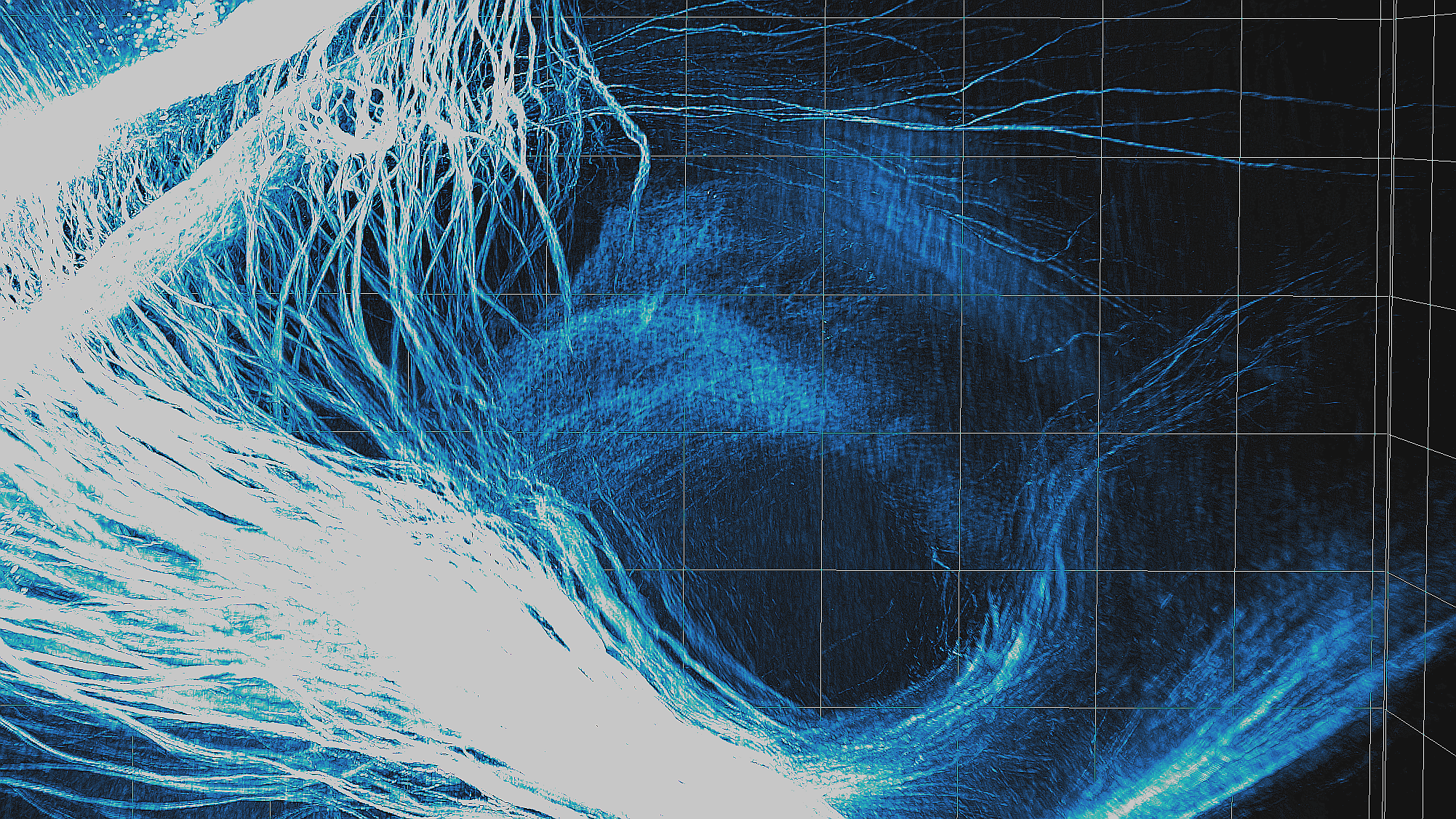The questionS
A hallmark of vertebrate evolution is the increase in size, complexity, and consequently energy consumption of the brain. It is generally agreed that the energy cost is a limiting factor for developing bigger and more complex brains in evolution. Even during the development, there is a constant competition for energy between the growing brain and somatic organs. Although it has often been quoted that the human brain consumes 20% of the energy while being 2% of the body weight, we hardly understand how this disproportional energy consumption is achieved. This puzzle is further exacerbated by the fact that the brain is the only organ that strictly relies on glucose and oxidative metabolism, while the rest of the body can readily utilize other non-glucose fuels. Metabolically, the brain is a mysterious organ in the mammalian body.
Typically, the brain is depicted to control whole-body energy intake, expenditure, and distribution in a way the brain acts as an isolated command center for somatic metabolism. This framework largely ignored the brain being the most energy-expensive and vulnerable organ embedded in the homeostatic network—in other words, both in the long term (e.g., during evolution and development) and short term (e.g., under hypoglycemia and hypoxia), the governing circuits are heavily affected by the energetic constraints which they are concurrently regulating. Such a bottom-up metabolic influence on circuit and behavior are much less understood than the top-down control of metabolism from the brain. For instance, does energy availability affect the information processing in the brain? How does the energy currency flow between the brain and the rest of the body when the resource is limited? If this process is dysregulated by aging or diseases, does it lead to neurological and psychiatric disorders?
Technology development
The historical division between neuroscience and “somatic” biology resulted in an artificial barrier between the methodologies commonly used across the fields. As a result, tools suitable for studying the crosstalk between neural circuits and their somatic partners in the intact biological context have been very limited. Therefore, we aim to design and develop techniques specifically for studying brain-body communication in its native configuration through chemical and bioengineering integrations.
Organismal level study of energy homeostasis between CNS and somatic tissues
Currently, we are using thermogenesis as a model to study the energetic crosstalk between neural and somatic systems in mice. Later, we will expand and generalize our models to broader physiological and pathological conditions such as exercise, fasting, diabetes, and aging, within which the energetic stress is substantial.
Chemical biology of the mammalian brains
A large number of current and potential therapeutic agents work at least in part through the brain. However, unlike their mechanisms of action in peripheral tissues (which are generally better characterized), the neuronal mechanisms of many chemicals and biologics remain poorly understood. This was largely due to the heterogeneity of the mammalian brain (in terms of anatomy, connectivity, and molecular diversity). Leveraging the power of intact-tissue imaging and the chemistry expertise at TSRI, we are developing novel platforms specialized for brain-wide, unbiased profiling of drug actions across multiple modalities (molecules-neurons-circuits) to elucidate the mechanism of action of current and future therapeutics, predict side effects, and facilitate the discovery of novel drug targets for the CNS.

